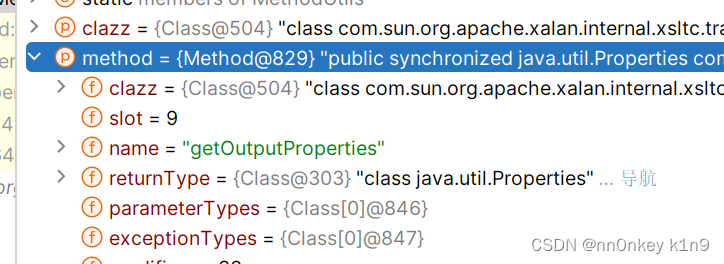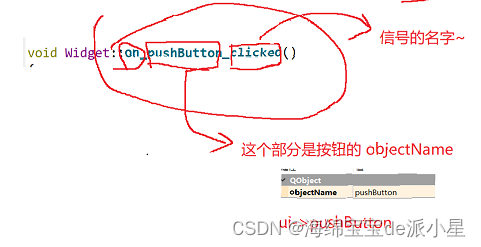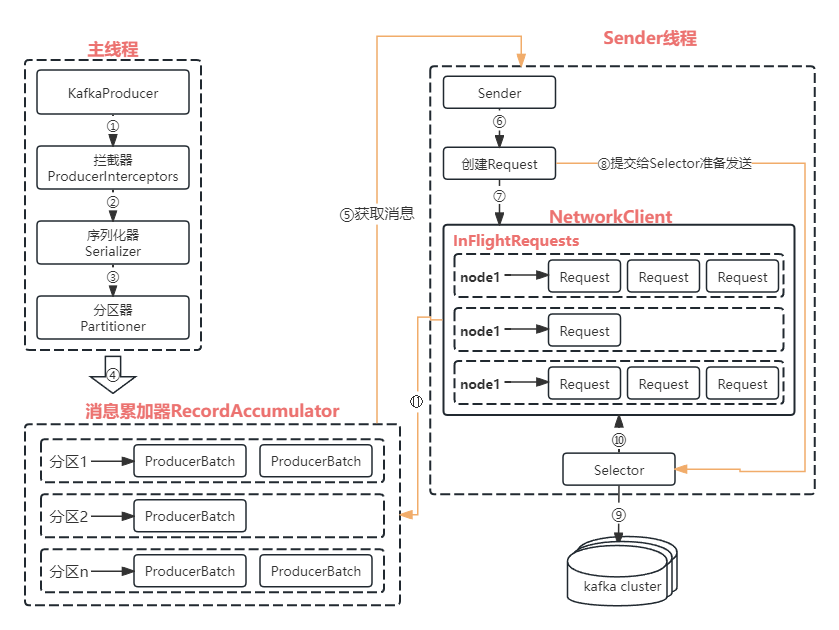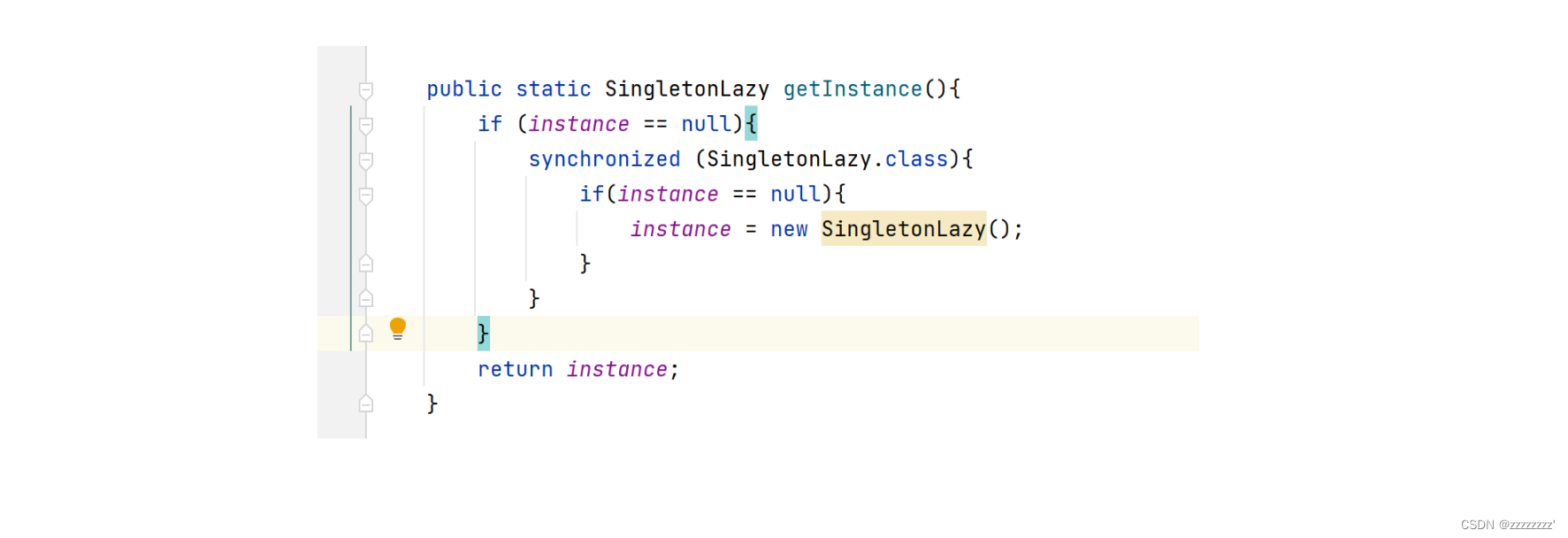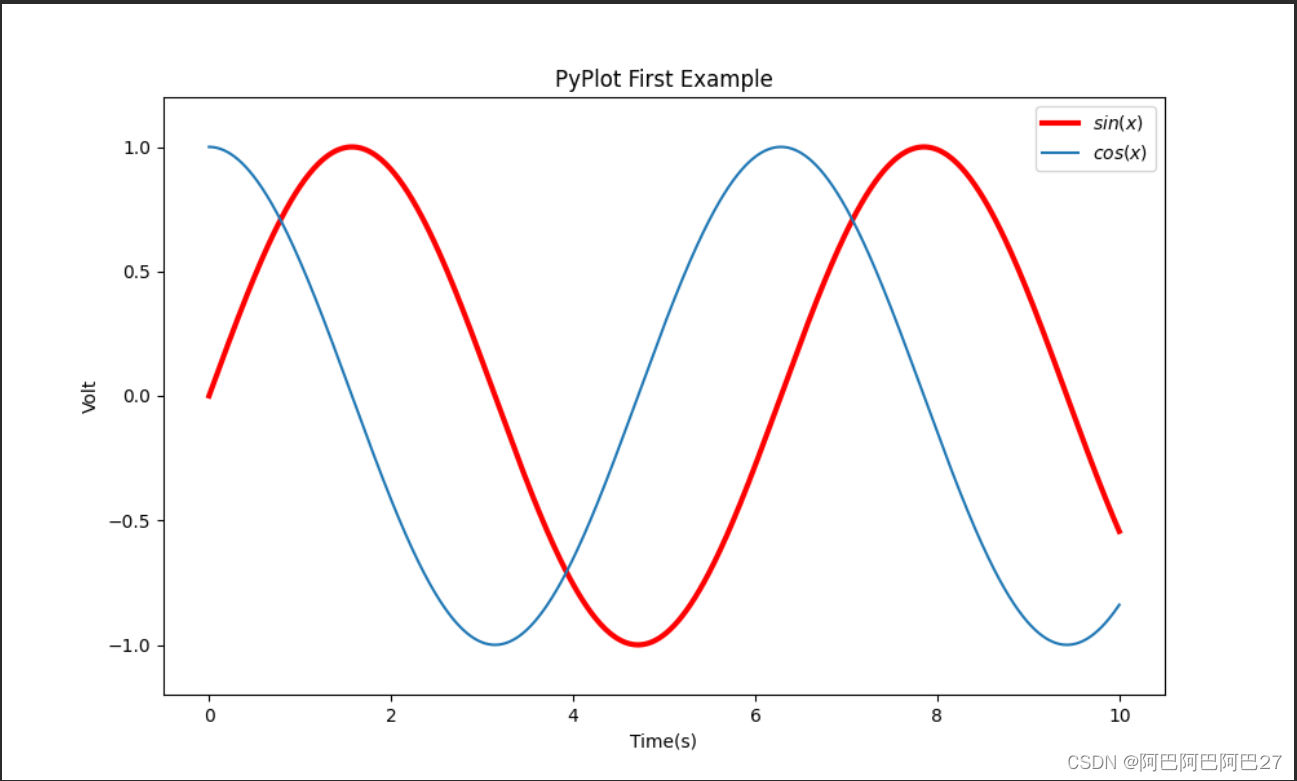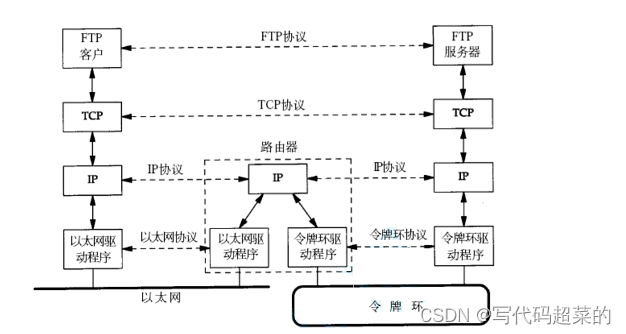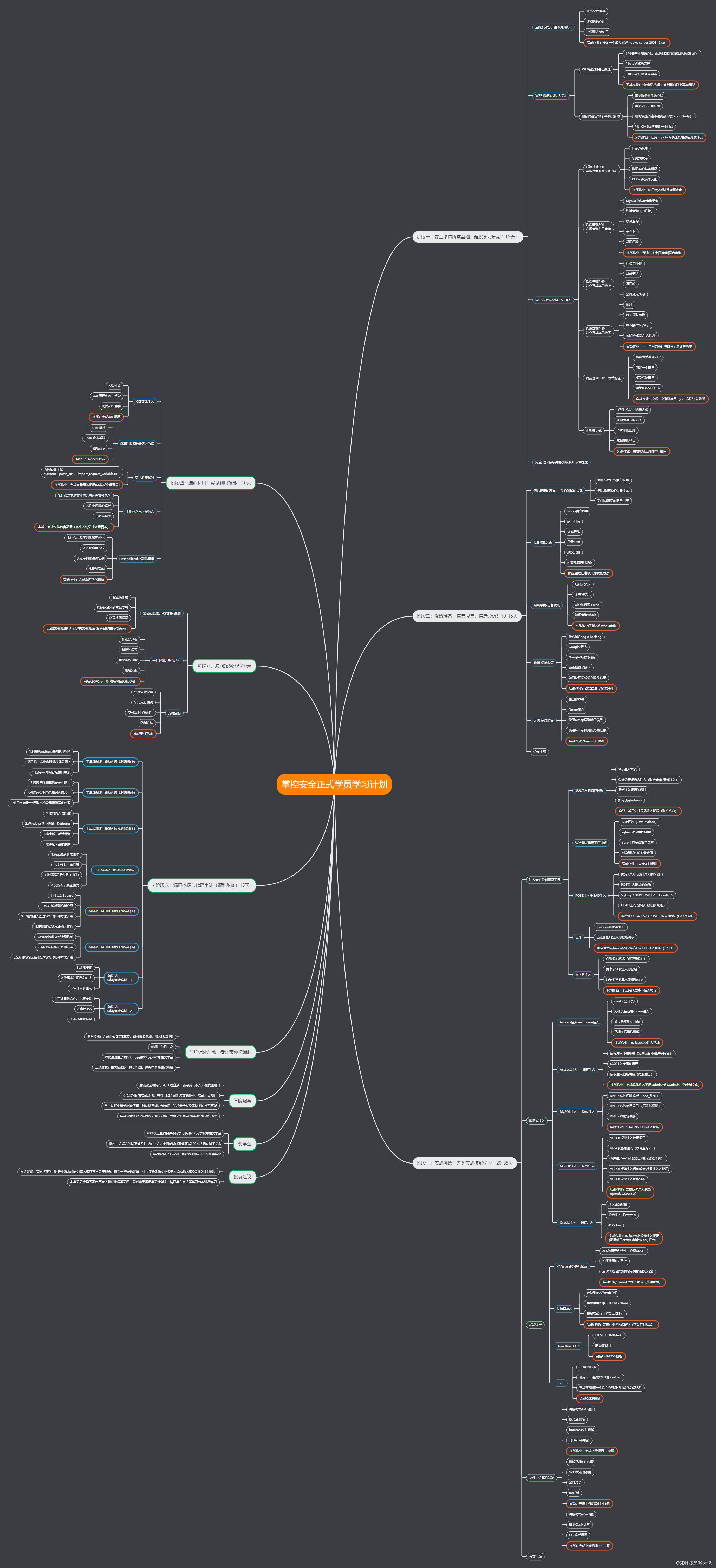题目:102. 二叉树的层序遍历
代码
迭代法
class Solution {
public:
vector<vector<int>> levelOrder(TreeNode* root) {
queue<TreeNode*> que;
TreeNode* cur;
int i, size;
vector<vector<int>> result;
if(root != NULL)
{
que.push(root);
}
else
{
return result;
}
while(!que.empty())
{
vector<int> temp;
size = que.size();
for(i = 0; i < size; i++)
{
cur = que.front();
temp.push_back(cur->val);
if(cur->left)
{
que.push(cur->left);
}
if(cur->right)
{
que.push(cur->right);
}
que.pop();
}
result.push_back(temp);
}
return result;
}
};
递归法
我引入了order,来记录递归调用的顺序,方便理解:
/**
* Definition for a binary tree node.
* struct TreeNode {
* int val;
* TreeNode *left;
* TreeNode *right;
* TreeNode() : val(0), left(nullptr), right(nullptr) {}
* TreeNode(int x) : val(x), left(nullptr), right(nullptr) {}
* TreeNode(int x, TreeNode *left, TreeNode *right) : val(x), left(left), right(right) {}
* };
*/
class Solution {
public:
void Order(TreeNode* cur, int depth, vector<vector<int>>& result, int& order)
{
order++;
cout << "order = " << order << ", ";
if(cur == NULL)
{
cout << endl;
return;
}
if(depth == result.size())
{
// 来到新的层
result.push_back(vector<int> ());
}
cout << "depth = " << depth << ", val = " << cur->val << endl;
result[depth].push_back(cur->val);
Order(cur->left, depth + 1, result, order);
Order(cur->right, depth + 1, result, order);
}
vector<vector<int>> levelOrder(TreeNode* root) {
vector<vector<int>> result;
int depth = 0;
int order = 0;
Order(root, depth, result, order);
return result;
}
};
下面是第一个测试样例的输出:




